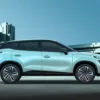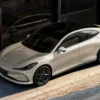The I3 is BMW's first serial electric model, which in terms of dimensions belongs to the B-segment, and it brings a whole series of technological excesses, such as a carbon fiber cabin and sandwich construction, which significantly lower the weight and center of gravity and improve the economy and driving characteristics of the vehicle. It is on sale in Germany for 34,900 euros, but it will not be available here due to the poor infrastructure.
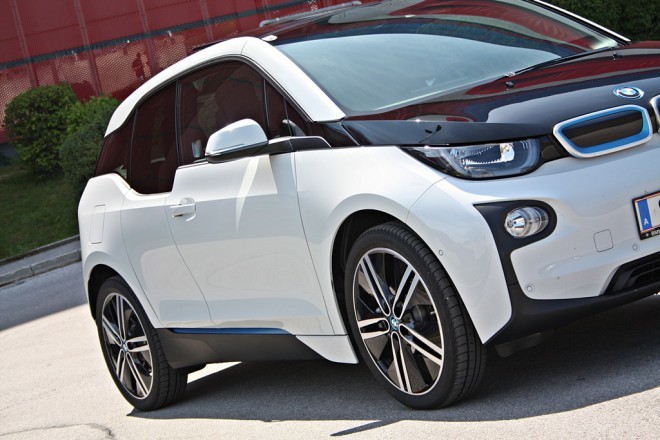
The electric drive has been an alternative to the classic gasoline and diesel for a much longer time than most people think, the biggest problem in the past was only the price and thus the breakthrough of such cars on the market and also the power of the oil lobbies, who often claimed that electricity despite zero emissions is not blameless, as it is used to produce the electricity that drives these types of cars. Nevertheless, they generate harmful emissions.
But if we were to go that far, then we can find a whole series of ways to pollute our environment, which is already quite saturated with emissions, with classic fossil fuels, and therefore we can at least say that electricity is one of the cleanest forms of motor fuels, which today is knocking on the door louder than ever.
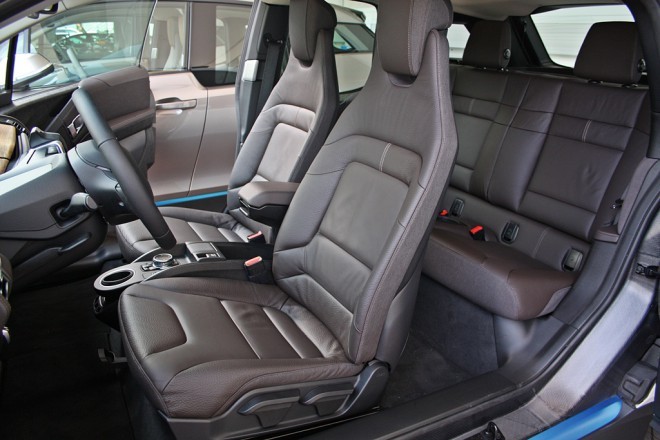
They also took care of this at BMW, which recently offered customers the first serial electric model of the Bavarian brand, which, according to its classification and dimensions, belongs to the B-segment of single-seater vehicles (that is, its closest competition is represented by the Opel Meriva, Nissan Note and the like), and the special feature is the passenger cabin, which it is made entirely of carbon fiber and is therefore more than 100 kilograms lighter than the classic steel one. The tongue on the scale, even with other "saving" measures, shows a "rickety" 1,195 kilograms for electricity, and the economy is also suitable, where the range with one charge is up to 160 kilometers, and for an additional fee, this can be done with the help of a "rage extender" in the form of a two-cylinder gasoline engine , can be increased to over 250 km.
The "basic" version is powered by an electric synchronous motor with 125 kW/170 hp and a torque of 250 Nm, with which the i3 reaches a speed of 150 km/h (on the German highways it also went a little over), and acceleration to a hundred is only 7, 2 seconds. The drive is provided by an 18.8 kW/h li-ion battery stored in the double bottom, between the two wheel axles, which ensures a low center of gravity and better weight distribution, and it can be charged via a standard 230 V socket (eight hours of charging) or via a charger stations when 80 percent are available after 30 minutes.
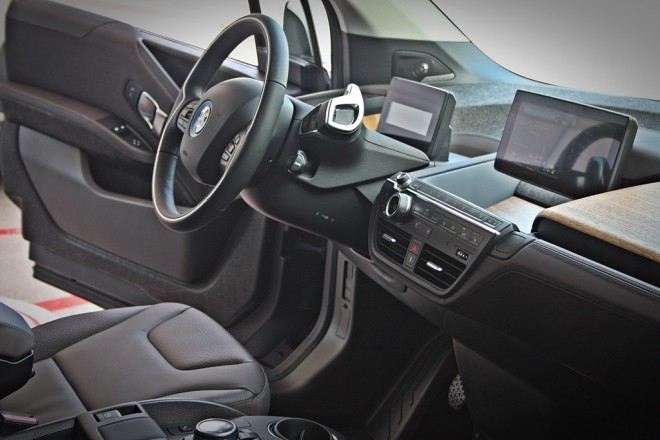
From a design point of view, it is an external image BMW i3 otherwise (enough) recognizably BMW, although futuristically tailored, especially when viewed from the side, where the view stops at its own side line, which is a result of the side doors of different lengths and in general the special fastening of the doors, which each open towards themselves and bring better spaciousness to the table passenger cabins and easier entry into them. It's from the side i3 such a great feature, but the same motif is also repeated on the front part, with completely covered kidneys, which typically represent the engine mask, as well as the appearance of the rear, where the tailgate is entirely made of glass, and the lights are placed under the glass, and their light shines through through.
The I3 surprises above all with its interior spaciousness, as centimeters for passengers in a millimeter less than four meters long and 1.77 meters wide vehicle are really quite a lot. Since the engine is installed directly above the rear drive pair of wheels, there is no need for a "tunnel" between the seats, so even for the rear passengers, seating is surprisingly good and spacious. There is no B-pillar, so access via the "suicide" rear pair of doors (literally) to the rear bench is relatively easy. The trunk offers a basic 260 liters of space, for the first force it is possible to put some small items in a smaller hole under the front "engine" hood.
A word or two about driving – as with all electric vehicles, also with i3 acceleration it puts a smile on your face, as it is a very bouncy vehicle that can be compared to a sports coupe when accelerating. It only takes about seven seconds to reach the first hundred, and the i3 reacts quickly to every press on the gas pedal and its speed increases in a flash. All the way to the final 150 km/h, although we managed to reach a speed of 155 km/h on the German highways around Rupholding.



